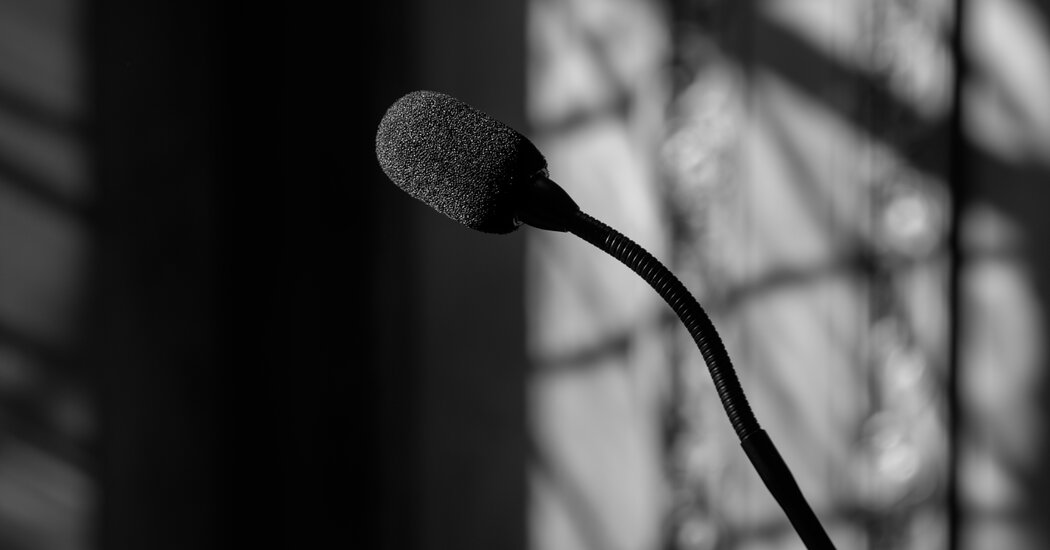Copyright The New York Times

To the Editor: Re “Law Schools Need to Grow a Backbone,” by Danielle Sassoon (Opinion guest essay, Oct. 14): I respect Ms. Sassoon for her principled stand against the unjust dismissal of the well-founded charges against Mayor Eric Adams of New York. But her guest essay argues that the problem with American law schools is that they do not allow sufficient “civil dialogue” from right-wing speakers like her and her Manhattan Institute colleague. Cancellation or rescheduling of events because of security concerns, like the one she experienced at New York University, she posits, are a “capitulation to extremists who use intimidation to censor speech” — even though her talk at the campus was merely delayed. That is pretty rich when the most alarming attacks against freedom of speech today are coming not from law schools, but from the government’s direct attacks on citizens engaging in First Amendment protected speech. Those citizens are speaking out against the improper deployment of soldiers and ICE agents to arrest and detain people on imagined charges without access to due process. We should be more concerned when a pastor is intentionally shot in the head with a pepper ball for praying in front of an ICE lockup than we are about the delay Ms. Sassoon and her colleague endured while N.Y.U. tried to ensure her safety. Richard D. Willstatter White Plains, N.Y. The writer is a lawyer. To the Editor: We share Danielle Sassoon’s view that college and university administrators “must guarantee forums to explore a diversity of ideas safely and openly.” But her insistence that “schools should proudly pay for as much security as is necessary” overlooks the extraordinary burden such events may impose. In 2017, the white supremacist Richard Spencer spoke at the University of Florida. Gov. Rick Scott declared a state of emergency, and 500 law enforcement officers provided security. Mr. Spencer’s National Policy Institute reportedly paid $10,564 to rent space on campus. The university paid the rest — more than $600,000, roughly the cost of one year’s in-state tuition for 100 students. Thank you for your patience while we verify access. If you are in Reader mode please exit and log into your Times account, or subscribe for all of The Times. Thank you for your patience while we verify access. Already a subscriber? Log in. Want all of The Times? Subscribe.



